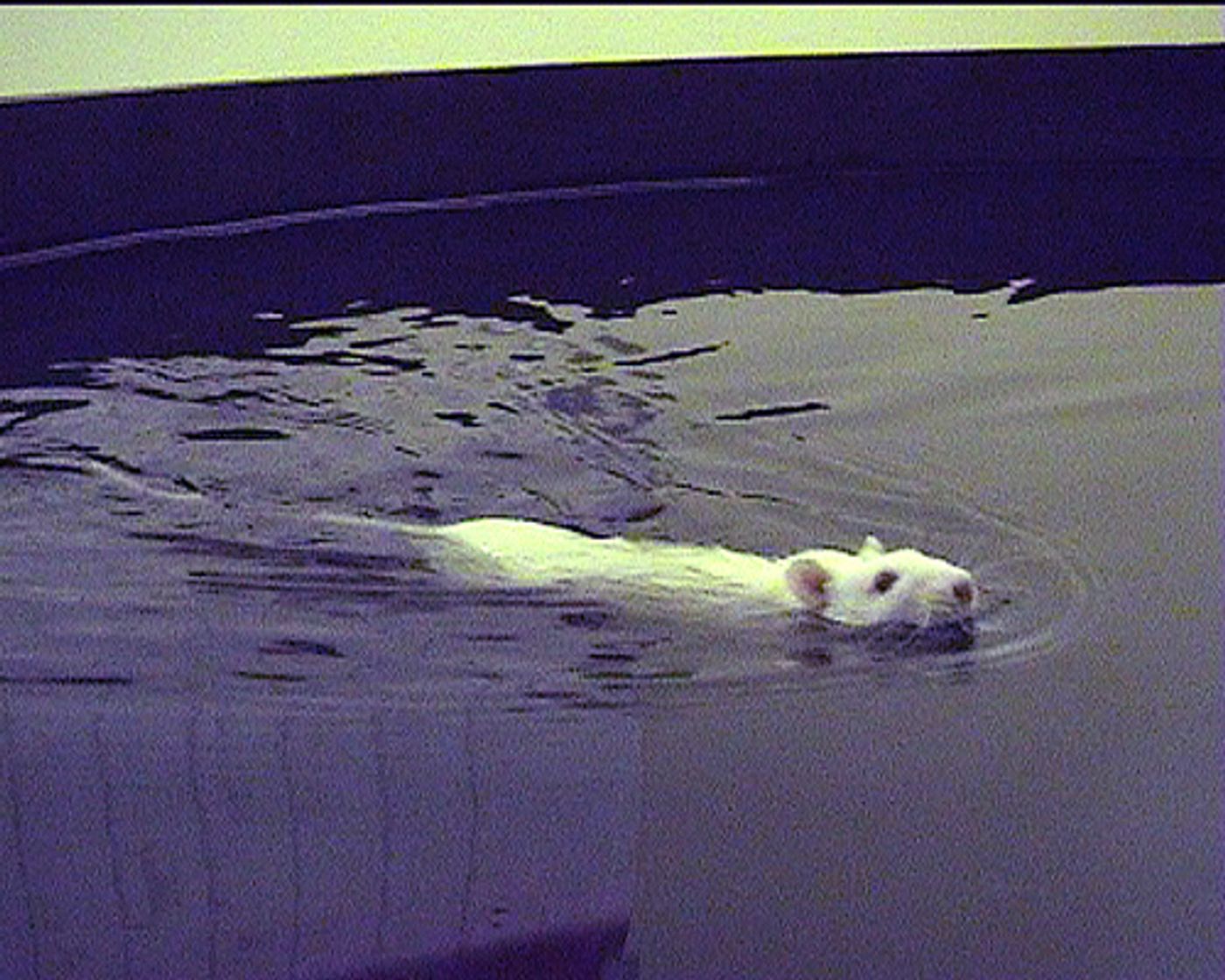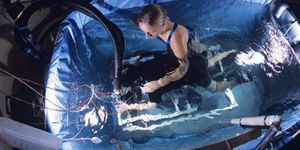When researching treatments for neurological disorders like Parkinson’s Disease or Alzheimer’s Disease, scientists will often use lab animals in testing and experimentation. While mouse models work pretty well for research surrounding Alzheimer’s Disease, they don’t always translate well when it comes to human results. There have been dozens of pre-clinical trials with mice that either eliminated dementia or prevented it, but none of those trials resulted in a drug that was useful in humans. The problem is the assessments. The lab tests used on mice are not the same kind of tests that can be used on on humans, so there’s no predictive value of the testing.

However, at the University of California, San Francisco (UCSF) Memory and Aging Center, researchers there have partnered with their colleagues at the Gladstone Institutes to develop a test of learning and memory for humans that is comparable to the one used in mice. This cross-disciplinary collaboration is a first in neurological disease research.
The results the study were recently published in the
Journal of Clinical Investigation. The team came up with a virtual version of the Morris water maze, the standard in assessing how mice learn and remember tasks, so that human results and mouse results could be compared accurately.
In a press release from the Gladstone Institutes, study author Steve Finkbeiner, a senior investigator at the Gladstone Institute of Neurological Disease and a professor of neurology and physiology at UCSF said, “So far, there has been a poor track record of moving things from preclinical discoveries into successful clinical trials. The motivation for this research was to assess how similar the two species are in terms of problem-solving and learning in order to improve the translation of research between mice and humans. The insights we gain can help us better understand how outcomes from drug trials in a mouse might translate to a human.”
The study looked at how two groups in each species performed in the maze. Normal mice and those who had been modified to have Alzheimer’s Disease (AD) were put through the Morris Maze, while humans in two similar groups (those with early stage AD and a control group of healthy subjects) played a video game version of the maze. The mouse version of the maze involves swimming to a platform and remembering where it is. In the video game, participants were asked to play a video game to hunt for treasure, and it required remembering visual cues to find the where it was hidden. Both tests measured spatial learning and require the hippocampus of the brain to process the task, both of which are compromised in patients with AD.
The new video game version of the Morris Maze has the same design as the mouse maze, with similar metrics and the statistical methods to calculate the results are better than in previous human tests. Check out the video below to see more about how this new method could bridge the gap between mouse trials and human results.









